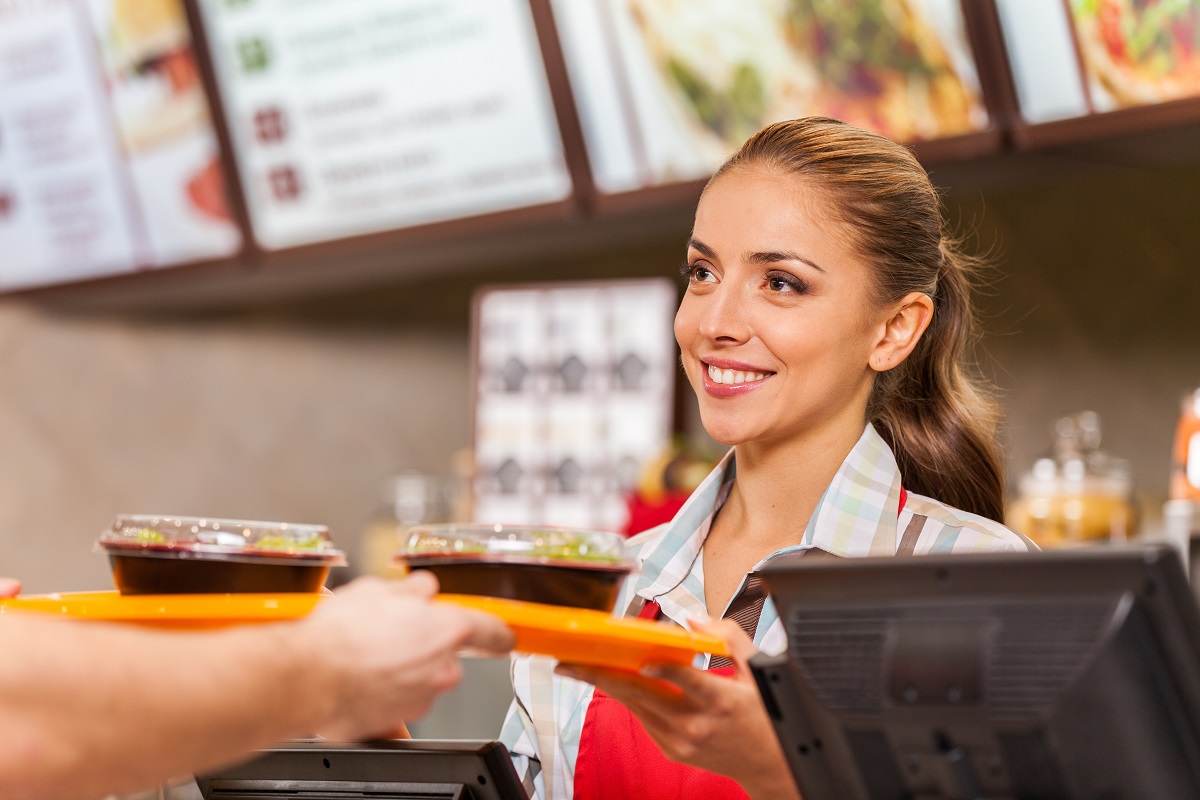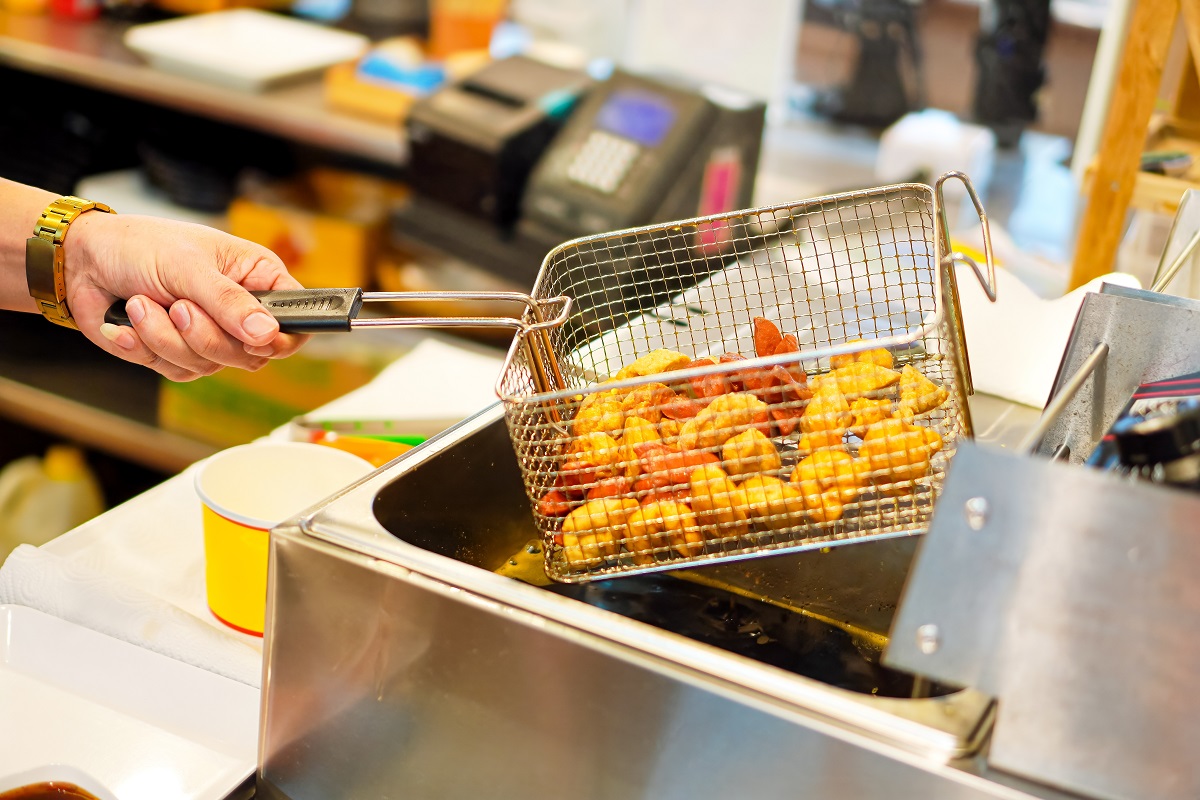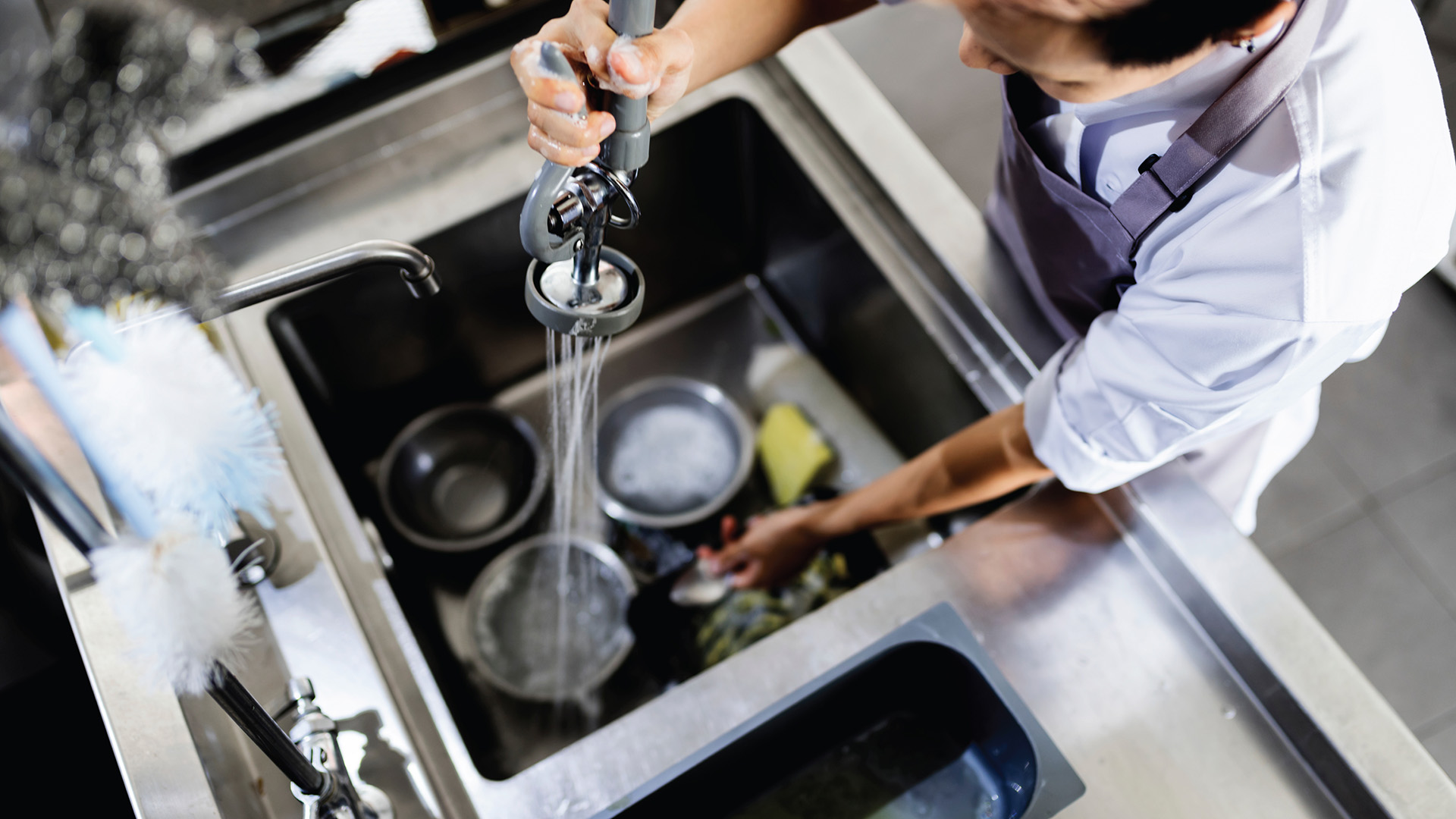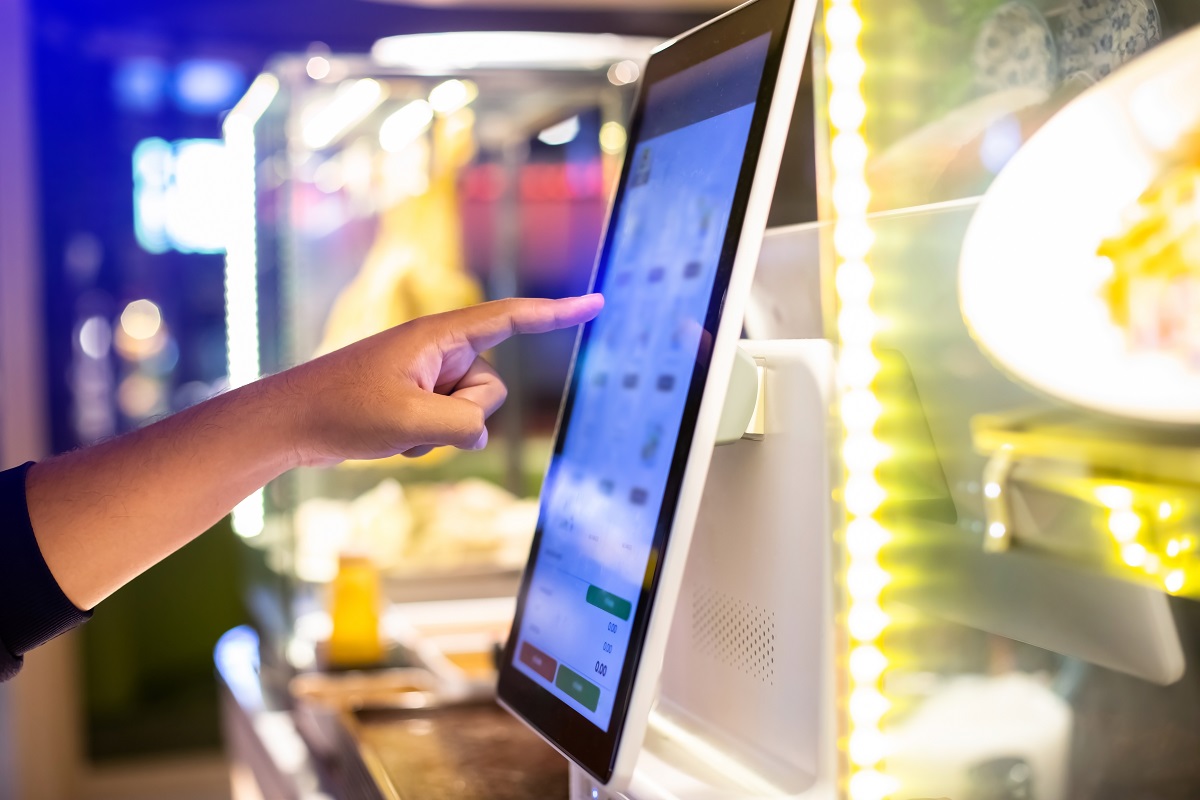When High Traffic Doesn’t Equal High Profit
The dining room is packed. Online orders are buzzing in. The kitchen is flying. But when you check the end‑of‑day numbers, the profit isn’t there.
You’re not alone. According to the National Restaurant Association, 64% of full‑service guests say their dining experience matters more than price.1 Yet even with high traffic, those experiences can break down without tight operations.
That traffic bump means little if orders are wrong, waits drag on, or staff are constantly putting out fires. High foot traffic won’t translate into restaurant profitability unless your restaurant operations and operational efficiency are dialed in and designed to improve guest experience.
“64% of full-service guests say their dining experience matters more than price.”
— National Restaurant Association, 2024 State of the Restaurant Industry Report
Order Errors, Long Waits, and Lost Tickets
Every service misstep has a price. Incorrect orders lead to refunds or remakes. Long waits frustrate customers and slow table turns. Lost tickets don’t just create awkward moments at the counter, but can potentially destroy trust and cause revenue to vanish completely.
As volumes increase, these problems tend to rise. One error during a slow period is manageable, but dozens during a lunch rush? That’s money lost and guests unlikely to return.
Inconsistency Across Locations or Shifts
Inconsistent execution can create uneven experiences, even when traffic is high across multiple locations. A guest who loves one store may be disappointed by another, which weakens loyalty and word-of-mouth.
Different management shifts can also vary. One manager prioritizes prep, another skips line checks. These inconsistencies can impact brand reputation and reduce the lifetime value of each guest.
Costly Labor Overrides to “Save” Bad Experiences
In a scramble to salvage poor service, managers often throw labor at the problem. They may call in extra hands mid-shift, comp meals, or babysit the line – all short-term fixes with long-term cost implications.
When these labor overrides become routine, they can quietly kill restaurant profitability.

Common Operational Leaks That Go Unnoticed
Many operations teams focus on food cost and labor percentage, but tend to overlook less visible inefficiencies that are just as damaging.
Invisible Time Losses
A few extra seconds at each station adds up. When staff have to stop and think, ask a question, or search for tools, the flow breaks. That time doesn’t show up on a P&L, but it delays service, reduces throughput, and frustrates employees.
You don’t need major breakdowns to see impact. Dozens of micro-delays per hour can result in slower lines, backed-up drive-thrus, and lower check averages.
Manual Checks That Aren’t Effective
Paper logs and clipboard SOPs may technically exist, but they don’t drive behavior. If oil filtration, temp checks, or prep standards rely on memory or manual follow-up, they can be missed when it matters most.
Ineffective checks lead to product inconsistencies, food waste, and safety risks. Worse, they create the illusion of compliance without any real accountability.
Misused Labor Due to Reactive Management
Reactive managers are stuck in triage mode – plugging gaps as they appear. That means overstaffing during lulls or scrambling to catch up during peaks.
Labor may end up out of sync with actual demand, creating higher costs without better outcomes. Meanwhile, skilled workers spend time on low-value tasks simply because workflows are misaligned.
Tying Operations Back to Guest Outcomes
How Operational Flow Affects Loyalty and Spend
Operational efficiency in restaurants can directly tie to how guests experience your brand. Fast service, correct orders, and consistent quality build confidence, and that supports driving repeat visits.
When service is smooth, guests tend to spend more and complain less. They trust that what they order is what they’ll get, and that it will arrive on time and as expected.
Operational excellence can help improve the average guest’s lifetime value, and help cut costs.
Supporting the Backend to Enable Frontend Growth
Marketing and traffic-driving campaigns can help drive awareness, but they only convert if the backend is ready. Systems that improve guest experience in restaurants aren’t just for show. They help ensure that the service doesn’t break under pressure.
When line checks, timers, and smart systems keep teams aligned, managers are free to lead, instead of chasing issues. That shift from reactive to proactive management creates the space needed for growth to stick.
Reinvesting in Efficiency
If you’re seeing strong foot traffic but weak profit margins, it’s time to turn your attention inward. The solution isn’t always more guests; it’s more consistency, more speed, and fewer mistakes.
Start by identifying your top three leaks:
- Is order accuracy a problem?
- Are long wait times hurting throughput?
- Are labor dollars being spent reactively?
From there, pilot a change. Whether it’s automated oil management, real-time station alerts, or digital checklists, even small systems can dramatically improve restaurant operations.
High Traffic is Only Half the Equation
To turn busy shifts into real gains, restaurants need systems that eliminate waste, prevent errors, and deliver consistent service efficiently. Operational efficiency isn’t just good for margins; it’s essential for guest satisfaction.
If you’re looking for practical ways to help reduce friction in your kitchen and raise profitability, explore how RT’s oil management solutions can help streamline your back-of-house operations.
Sources:
- National Restaurant Association. 2025 State of the Restaurant Industry. https://restaurant.org/research-and-media/research/research-reports/state-of-the-industry/







